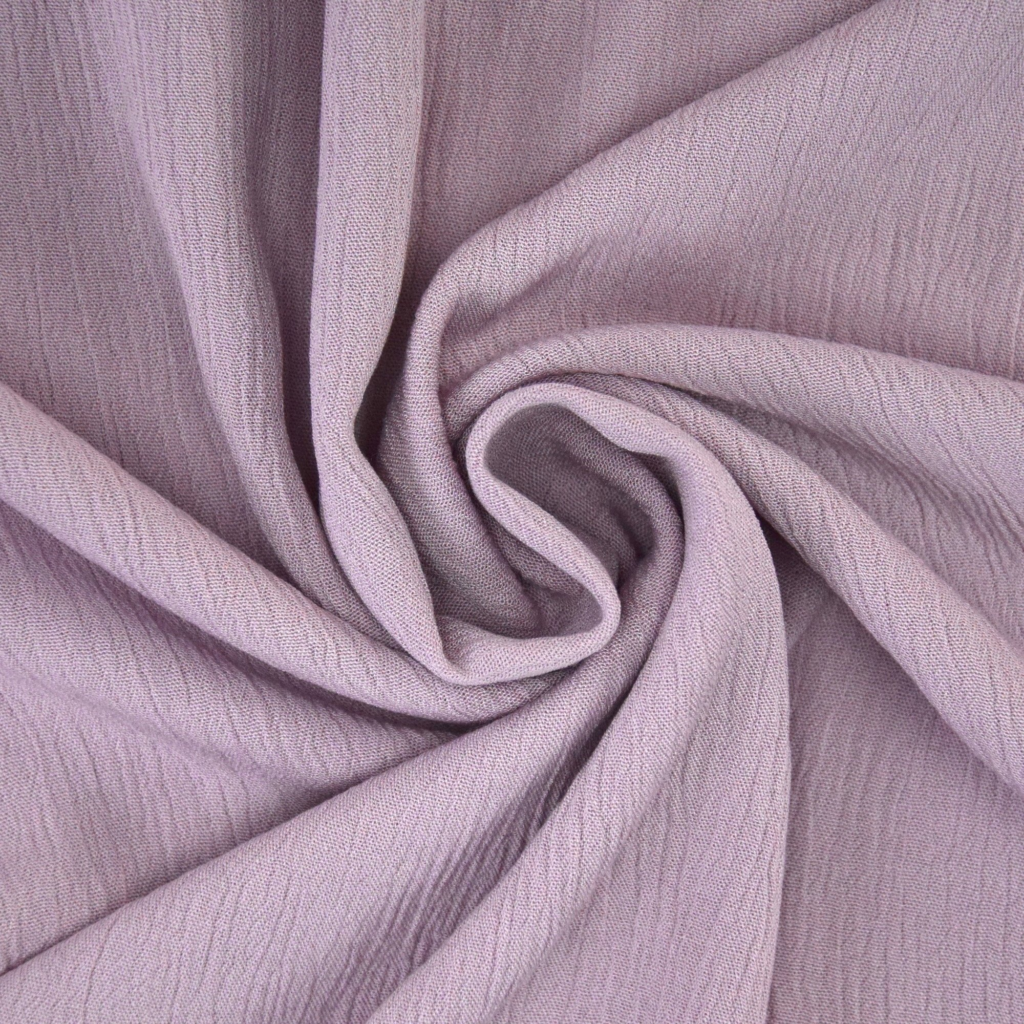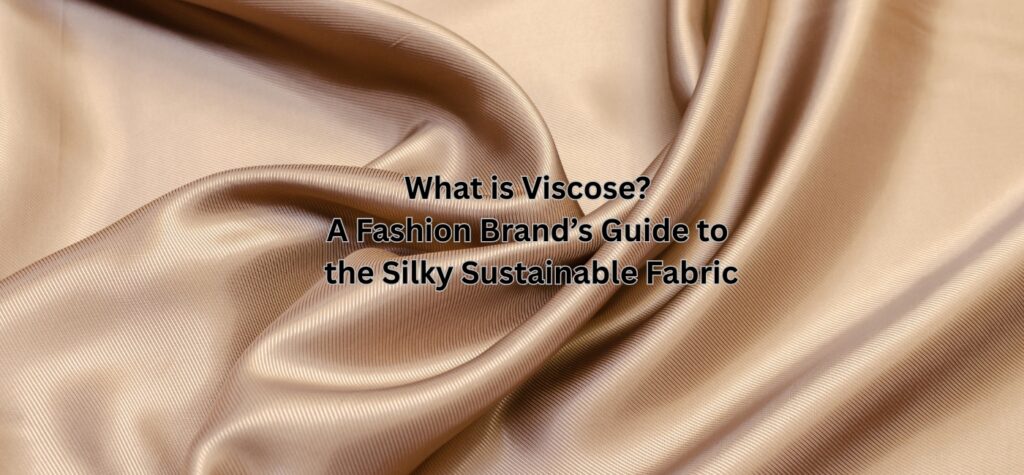Viscose (often called rayon) is a versatile, semi-synthetic fabric made from regenerated wood pulp—usually derived from bamboo, beech, or pine trees. Despite its natural origins, it undergoes significant chemical processing to achieve its signature soft, silky texture.
Popular in flowing dresses, lightweight blouses, and sustainable collections, viscose offers an affordable alternative to silk with exceptional drape and vivid color retention. But is it the right choice for your next product line? Here’s what brands need to know.

Key Advantages of Viscose
- Silky Softness: Delivers a luxurious, skin-friendly feel comparable to cotton or silk.
- Superior Drape: Perfect for elegant, fluid garments like skirts and scarves.
- Moisture-Wicking: Absorbs sweat 50% better than cotton, enhancing comfort in warm climates.
- Breathability: Allows airflow, making it ideal for summer apparel.
- Vibrant Colors: Holds dyes brilliantly, resulting in rich, long-lasting hues.
Challenges & Considerations
- Weak When Wet: Loses up to 50% strength when damp—handle with care during washing.
- Wrinkling: Prone to creases; often requires dry cleaning or steaming.
- Shrinkage: Can shrink if machine-washed; recommend cold hand-washing.
- Sustainability Risks: Traditional production uses toxic chemicals (e.g., carbon disulfide). Prioritize closed-loop manufacturers like Lenzing (Tencel™) to reduce environmental impact.
How to Source Viscose Responsibly
While conventional viscose production has raised ecological concerns, innovative closed-loop processes now recycle water and solvents, minimizing waste. For brands committed to sustainability:
- Choose suppliers certified by FSC (Forest Stewardship Council) or using EU Ecolabel standards.
- Explore blends with organic cotton or recycled polyester for added durability.
- Educate consumers on care labels (e.g., “Hand Wash Only”) to extend garment life.
Viscose vs. Modal vs. Cotton
- Viscose vs. Cotton: Softer and more drapable than cotton but less durable.
- Viscose vs. Modal: Modal is a stronger, more eco-friendly upgrade to viscose, with better wet strength.
- Viscose vs. Polyester: More breathable and biodegradable but wrinkles easily.
Perfect Applications for Viscose

- Flowing dresses, skirts, and blouses
- Lightweight scarves and wraps
- Sustainable activewear and linings
- Home textiles (curtains, bedsheets)
Final Thoughts
Viscose remains a popular choice for brands seeking affordability, versatility, and a silk-like aesthetic. By partnering with transparent, ethically certified suppliers, you can leverage its benefits while upholding sustainability values.
Always request mill certifications and fabric test reports to ensure quality and eco-compliance—your customers will appreciate the diligence.

